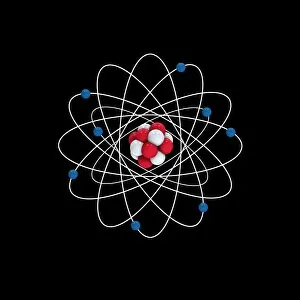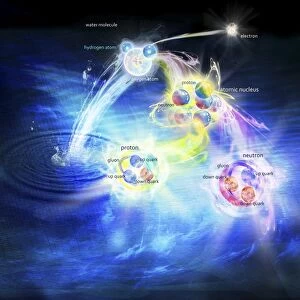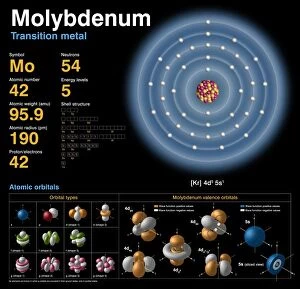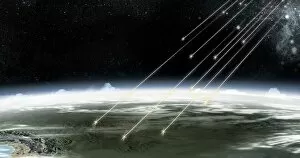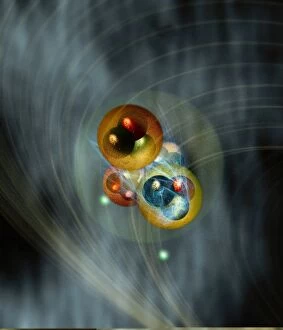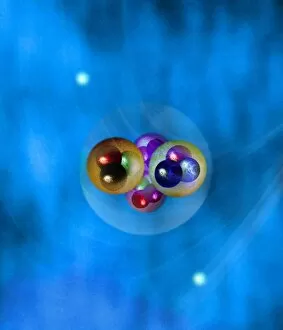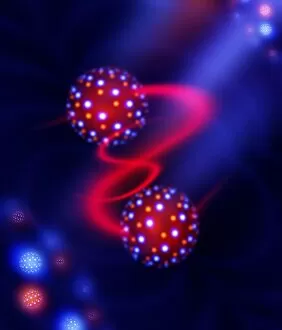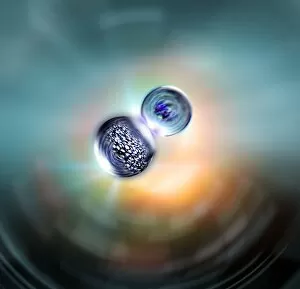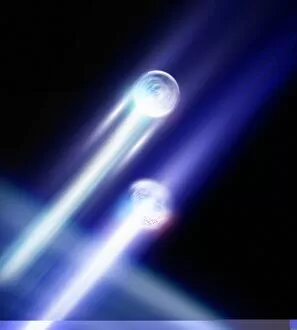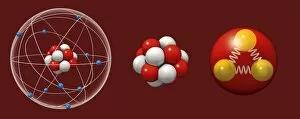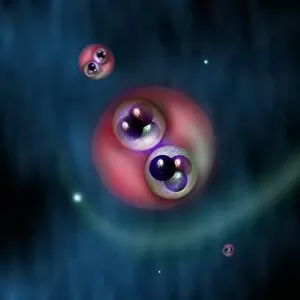Subatomic Collection
"Unveiling the Subatomic World: A Journey into the Depths of Matter" Step into the fascinating realm particles, where Werner Heisenberg, a renowned German physicist
For sale as Licensed Images
Choose your image, Select your licence and Download the media
"Unveiling the Subatomic World: A Journey into the Depths of Matter" Step into the fascinating realm particles, where Werner Heisenberg, a renowned German physicist, laid the foundation for our understanding. Born in 1901, his groundbreaking work on quantum mechanics revolutionized physics and earned him recognition as one of the greatest minds of his time. The atomic structure of oxygen captivates with its intricate arrangement. Delicate artwork showcases its electrons orbiting around a central nucleus, revealing the beauty hidden within this essential element. Ernest Rutherford, a New Zealand-born physicist who lived from 1871 to 1937, delved further into subatomic physics. His experiments led to remarkable discoveries about atomic structure and paved the way for future advancements in nuclear science. Rutherford's contributions were so significant that an element was named after him – rutherfordium – symbolizing his lasting impact on our understanding of matter. Imagine peering through a forcefield that contains particles buzzing with energy. Artwork captures this dynamic scene as we contemplate how these minuscule entities interact and shape our world. Praseodymium's atomic structure mesmerizes with its symmetrical arrangement of protons and neutrons surrounding a nucleus. This rare earth metal holds secrets waiting to be unlocked by scientists exploring subatomic mysteries. Artwork depicting the structure of matter invites us to ponder its complexity. Countless atoms intricately connected form everything we see around us – from towering mountains to delicate flowers – reminding us that even at such minute scales, there is grandeur in nature's design. As we delve deeper into subatomic realms guided by brilliant minds like Heisenberg and Rutherford, let us marvel at their achievements while acknowledging that there is still much more left undiscovered beneath the surface. The study of these infinitesimal building blocks continues to unravel new wonders and reshape our perception of reality itself.


